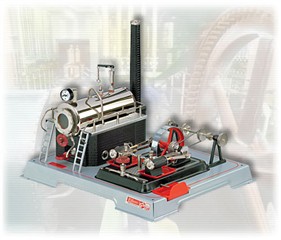

The hospitality, accommodation, and seafood in Portland were all great. The days were long and the work was dirty. Everything I wore was covered in coal dust, oil, and grease. That said, it was well worth the distance travelled and the effort involved in order to enjoy the experience. It was a privilege to be able to work with the various engineers, firemen, and museum staff.

If you get a chance to volunteer at a steam preservation line, please consider doing so. These pieces of history and the knowledge to operate and maintain them are slowly but surely disappearing. You may never get another opportunity.










